However, nowadays, the situation of “copying the original” is becoming common. Many opera troupes perform the wrong lines, do not understand important cultural and historical allusions, so they perform the songs with incorrect lines, affecting the meaning of the script and the quality of the play. One of the key solutions is to collect and standardize the original scripts. Each opera script needs to be interpreted and annotated with allusions accurately, completely, and clearly, helping the audience and actors understand the content and meaning of each line and each performance.
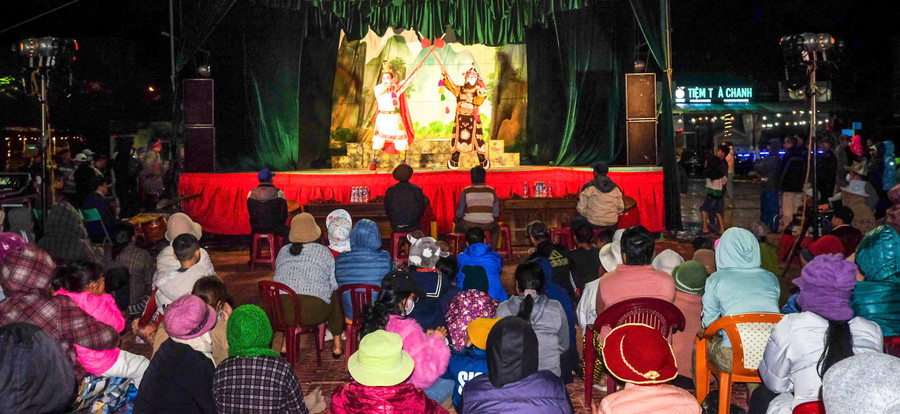
The translation and interpretation of ancient terms and literary and historical allusions must be carried out by a team of language and cultural experts to ensure accuracy. Accordingly, the training of young artists in classical opera needs to be promoted, especially knowledge of traditional culture and national history.
In addition, it is possible to apply the form of granting standard performance certificates to the Tuong troupes that comply with the original content, contributing to improving the quality of performances and awareness of preserving heritage. For sustainable preservation and convenient teaching, it is necessary to build a centralized digital data warehouse, including video versions of standard plays, bilingual scripts with annotations, illustrations of costumes, props, and stage space.
This archive will be a useful tool not only for artists and researchers, but also for students, filmmakers, andeducational organizations to access and exploit. To bring Binh Dinh opera closer to the public, especially the younger generation, it is necessary to promote the integration of typical classical opera scripts into educational activities and local cultural experiences.
School theater programs, extracurricular classes, traditional culture summer camps or “a day as a Tuong artist” journey will be practical ways for students to approach, understand and deeply feel the value of traditional Tuong art. In addition, it is necessary to organize experiential activities such as backstage visits, exchanges with artists, and learning to sing and dress up Tuong to create a lively connection between learners and heritage.
This is also an opportunity for the scripts to be presented, explained, and illustrated clearly, helping learners not only watch but also “live with Tuong”. Local authorities should find and build a support mechanism for schools and traditional art troupes to organize this activity regularly and systematically. At the same time, encourage businesses to accompany in the role of cultural sponsors, contributing to nurturing the young generation to love and deeply understand Binh Dinh traditional Tuong.
Source: https://baogialai.com.vn/bao-ton-cac-kich-ban-tieu-bieu-cua-hat-boi-binh-dinh-nen-tim-huong-di-moi-phu-hop-thuc-te-post560182.html


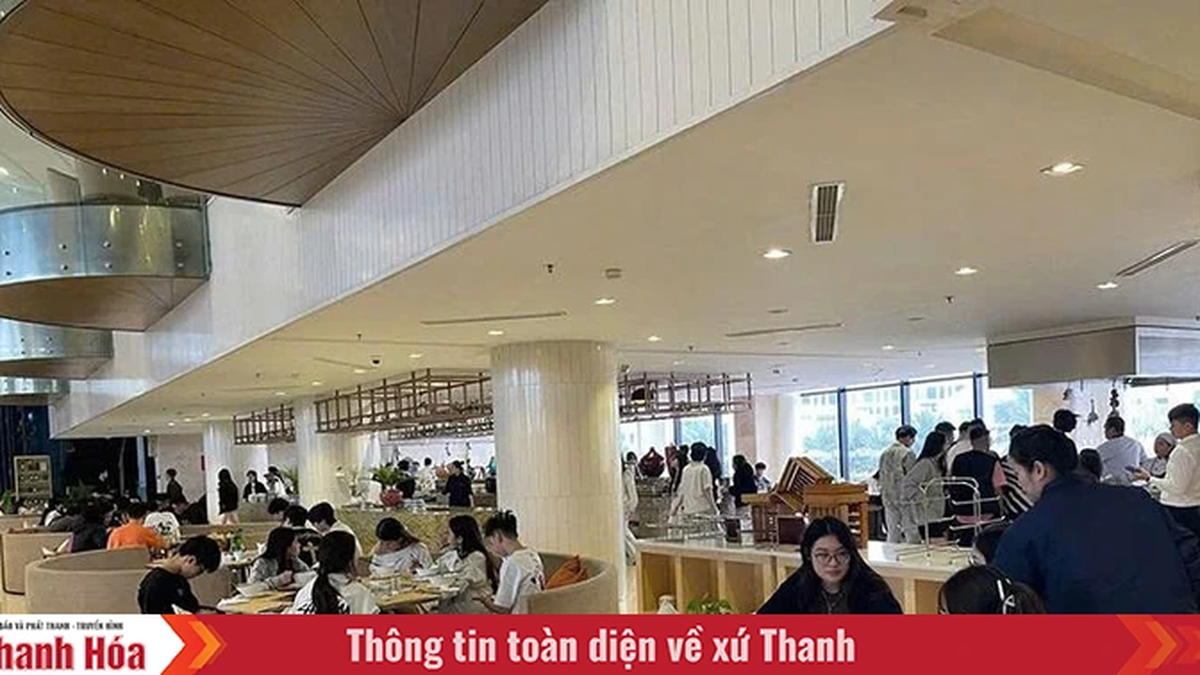

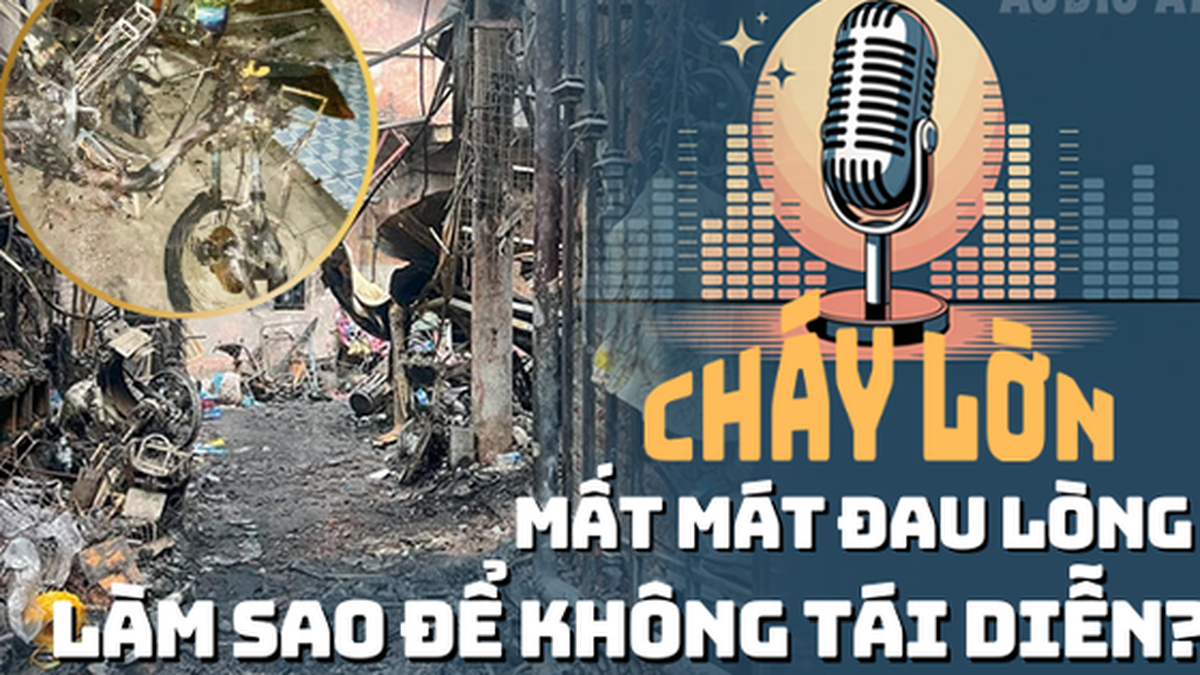
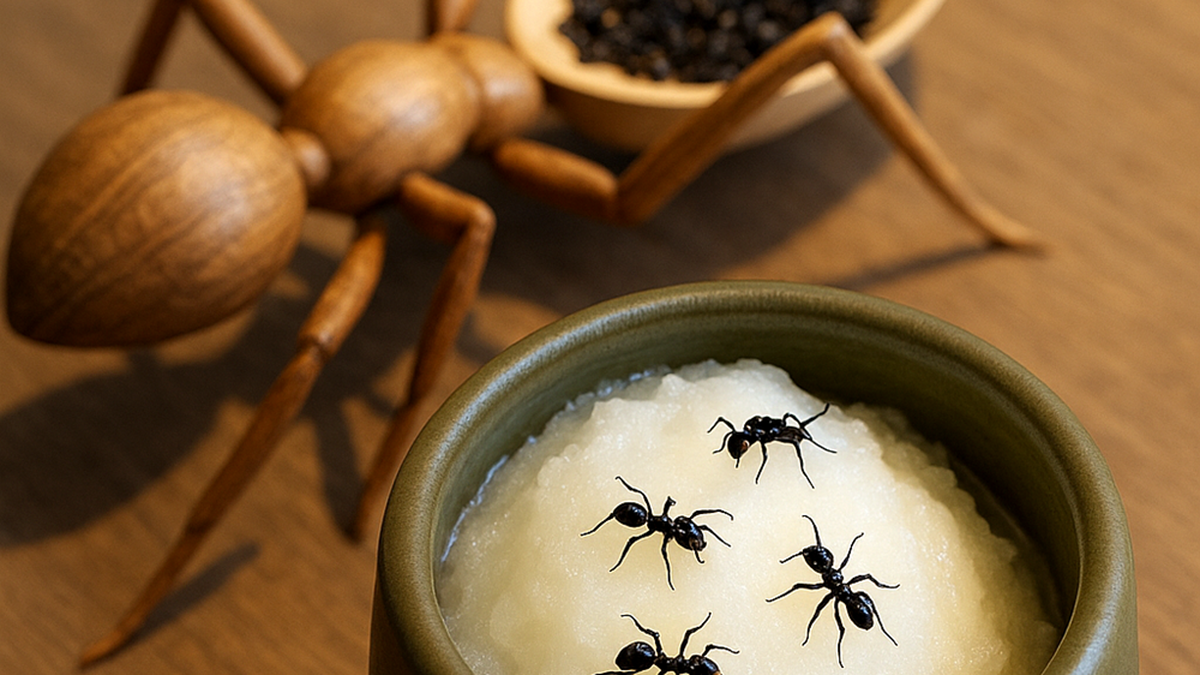
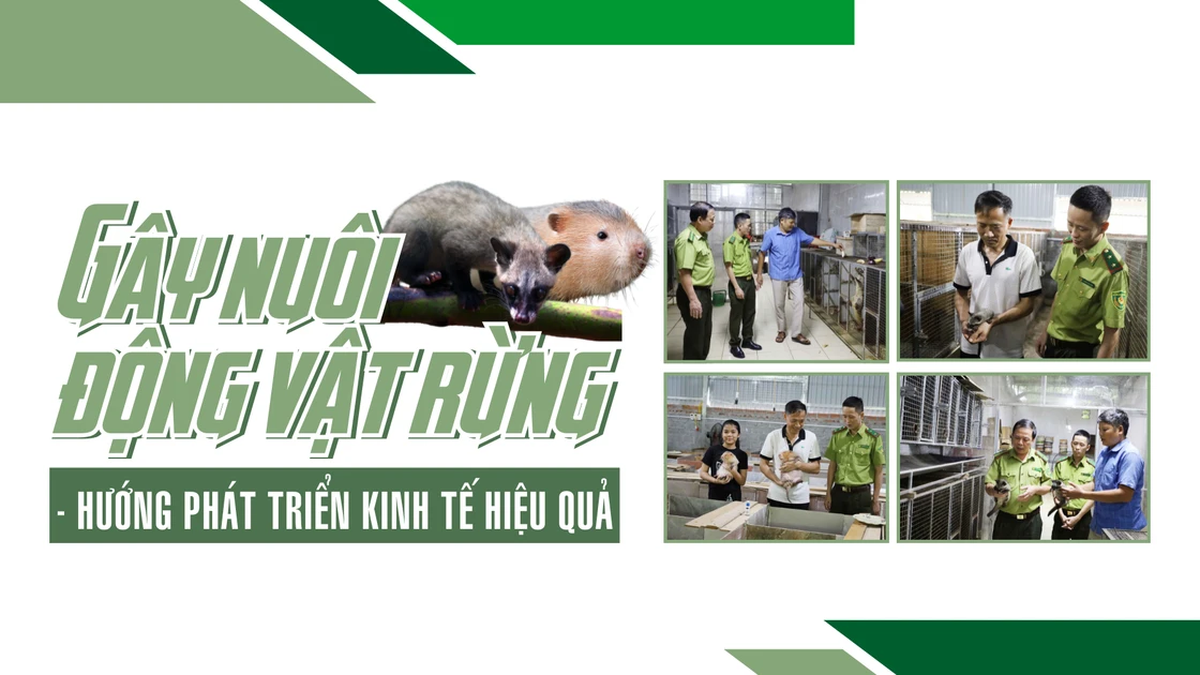
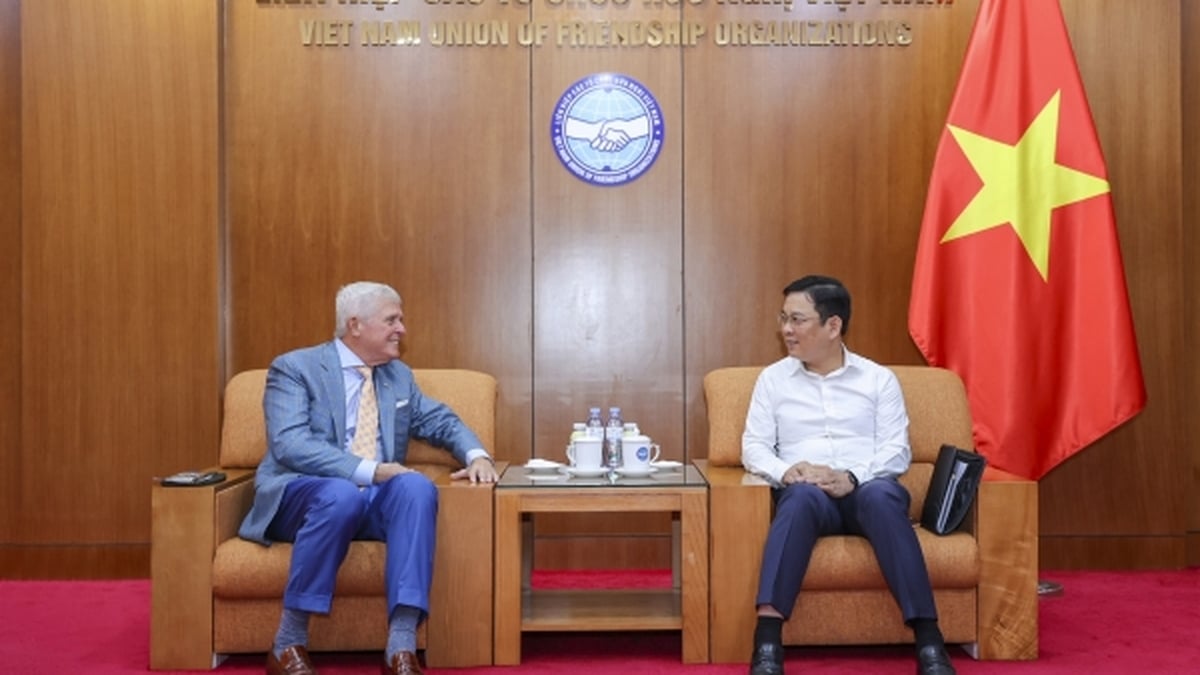















![[Photo] Gia Lai provincial leaders offer flowers at Uncle Ho's Monument with the ethnic groups of the Central Highlands](https://vphoto.vietnam.vn/thumb/1200x675/vietnam/resource/IMAGE/2025/7/9/196438801da24b3cb6158d0501984818)












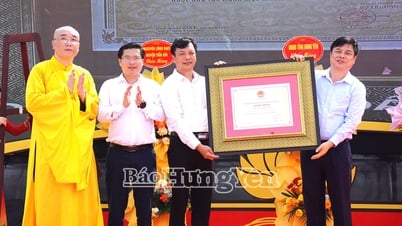









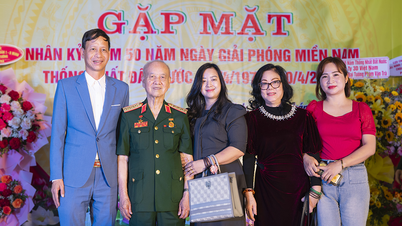

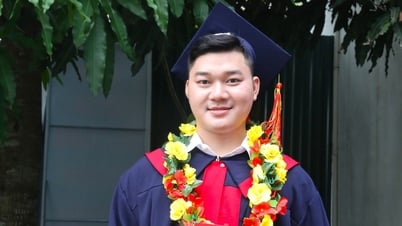

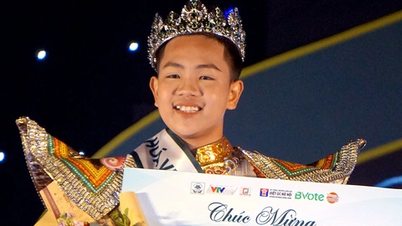


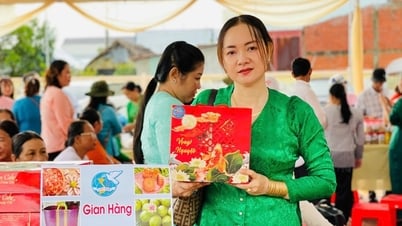




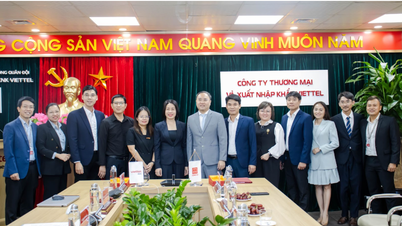
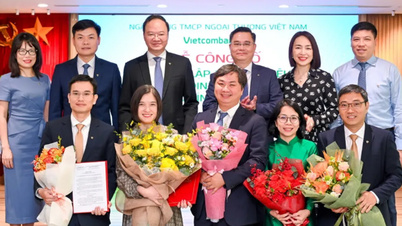

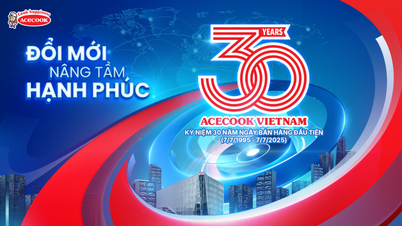




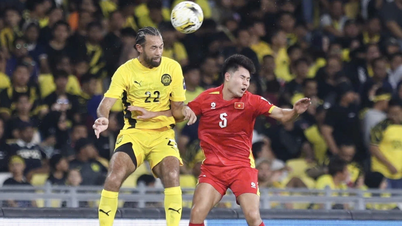
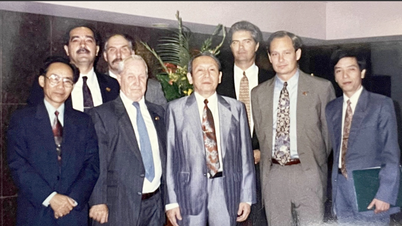


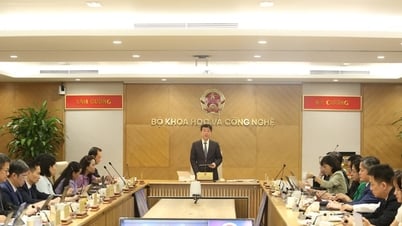

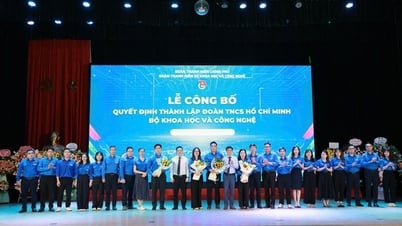



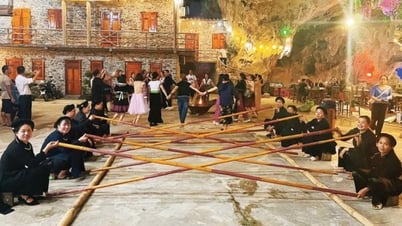

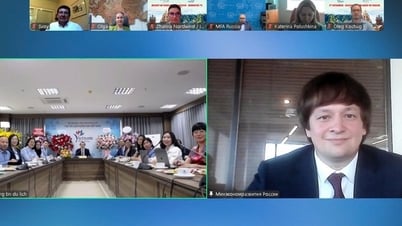











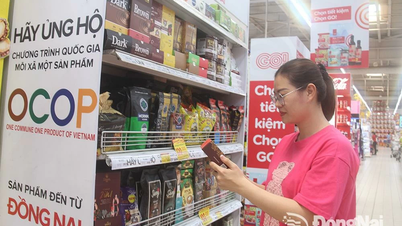



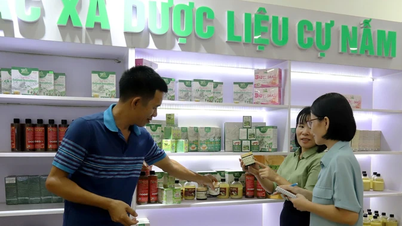





Comment (0)